Letters
The missing five years
Dear Editor,
Kerryn Goldsworthy’s valuable piece on the early years of ABR (‘The Oily Ratbag and the Recycled Waratah’, ABR, April 2003), giving details of Australian Book Review under Max Harris and Rosemary Wighton from 1961 to 1973, does not mention what caused its disappearance from 1973 to 1978, when John McLaren and the National Book Council revived it. Perhaps it is time for the explanation to be given.
When the Literature Board of the Australia Council was inaugurated in early 1973, one of the early decisions of that Board was to create a monthly journal of review and comment, rather in the style of the New York Review of Books. Contributors would be paid appropriately. In the ensuing discussion, it was suggested that the already existing Australian Book Review could be acquired by the Board and developed along these lines. The Board was enthusiastic and approached Max Harris, negotiating a price, which he gladly accepted. He promptly ceased work on any forthcoming issues. But there was one unexpected snag. The Australia Council might be up and running (with heady enthusiasm), but the Australia Council Act had not been passed through legislation.
By the time the financial implications of this were made known to the Board – it could not acquire any property – months had passed, and ABR was no longer. It was not until 1974 that the Act finally became legislation. Max Harris and co-editor Rosemary Wighton did not have the heart (nor, most probably, the finance) to revive the journal, which had now lapsed as a going concern. The Literature Board backed out of the initial deal and put in some money for a ‘book pages’ review section in the new ABC monthly, 24 Hours, and that was that. A sad gap existed until 1978, when John McLaren persuaded the National Book Council to revive the journal – with assistance from the Literature Board of the day.
Tom Shapcott, Adelaide, SA
ABR forever!
Dear Editor,
Marx annoyed Fred Engels by complaining that he [Marx] was a machine condemned to devour books. Fred, for his part, merely had to foot the bills. Here, one hundred and fifty years later, there is still room for a review of nothing but books, as symbols of our lives. Glory to god, and pass the ABR! ABR is as useful as the TLS – you can carry it anywhere, no batteries required, and when your bus or plane is late, you can simply start over, read it again. Thanks, and happy birthday for issue 250.
Peter Beilharz, Bundoora, Vic.
Superior laid
Dear Editor,
Richard Travers’s interesting letter (ABR, April 2003) is a real compliment to MUP, which opted for 115 gsm Euro Matt Art paper for Ann Galbally’s book. It is fascinating that good modern papers, produced mechanically, in this way mimic certain types of early (and superior) laid, as opposed to cheaper woven, papers, whose fibres tend to point in any old direction.
Come to think of it, some fine handmade Japanese papers also contrive to arrange the fibres in parallel, for ease of opening and closing scrolls. Conservators have to fill gaps and holes in old paintings with tiny pieces of new paper that match the disposition of the original fibres. Otherwise, the thing won’t roll up properly. Goodness knows how they manage it.
Angus Trumble, Canberra, ACT


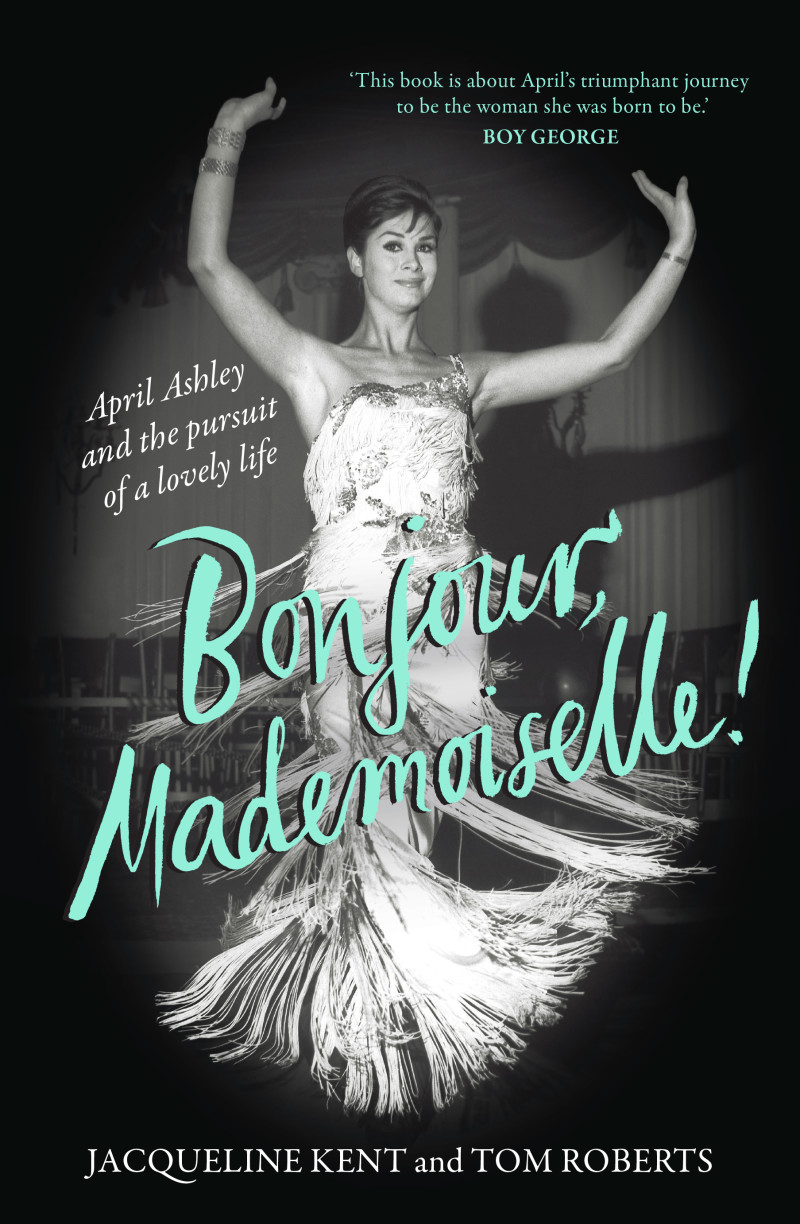
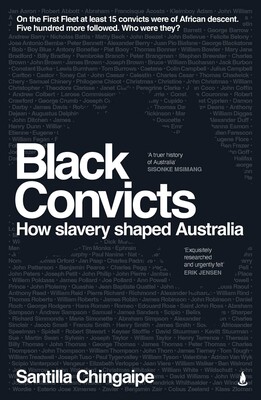
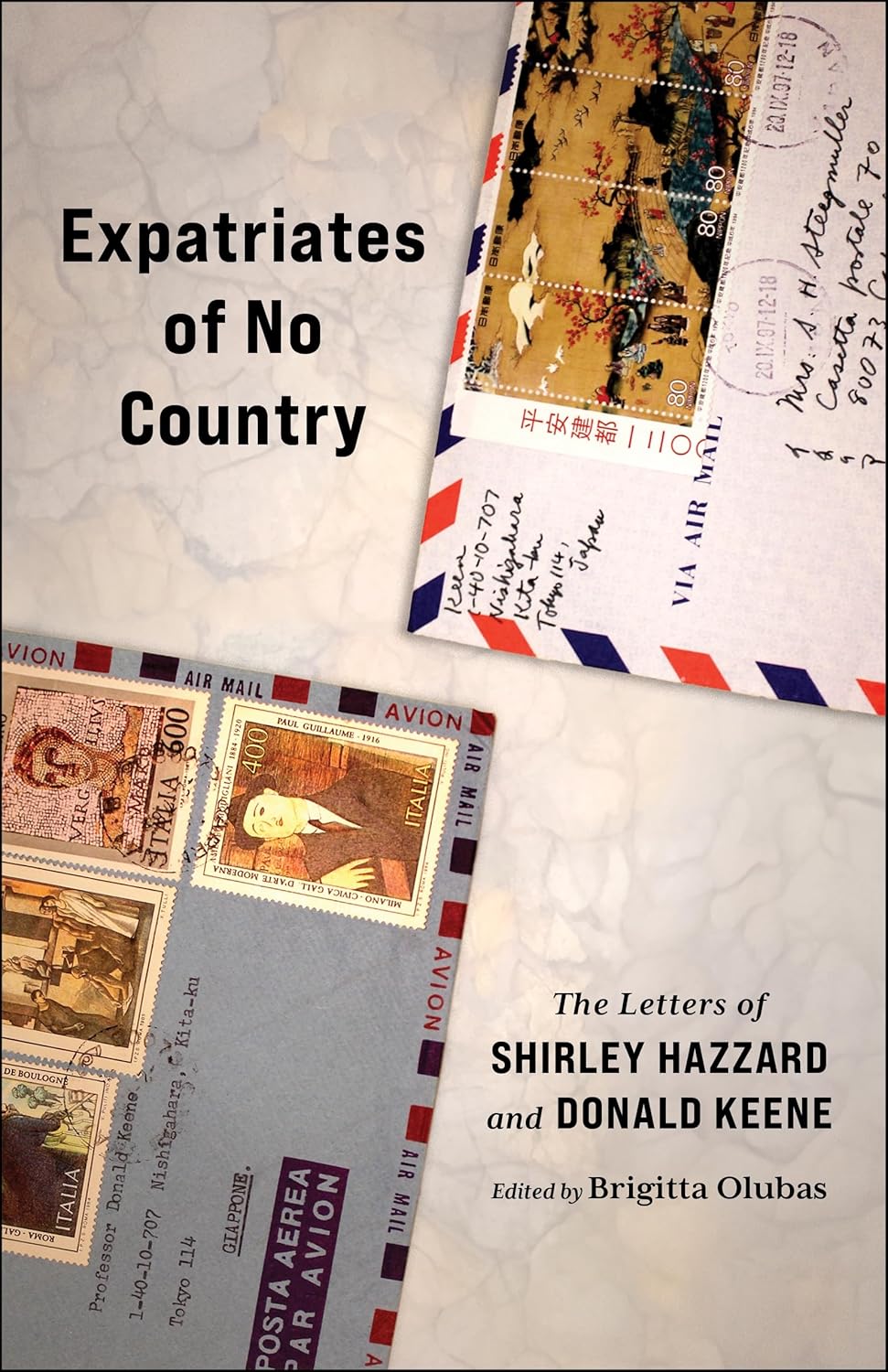
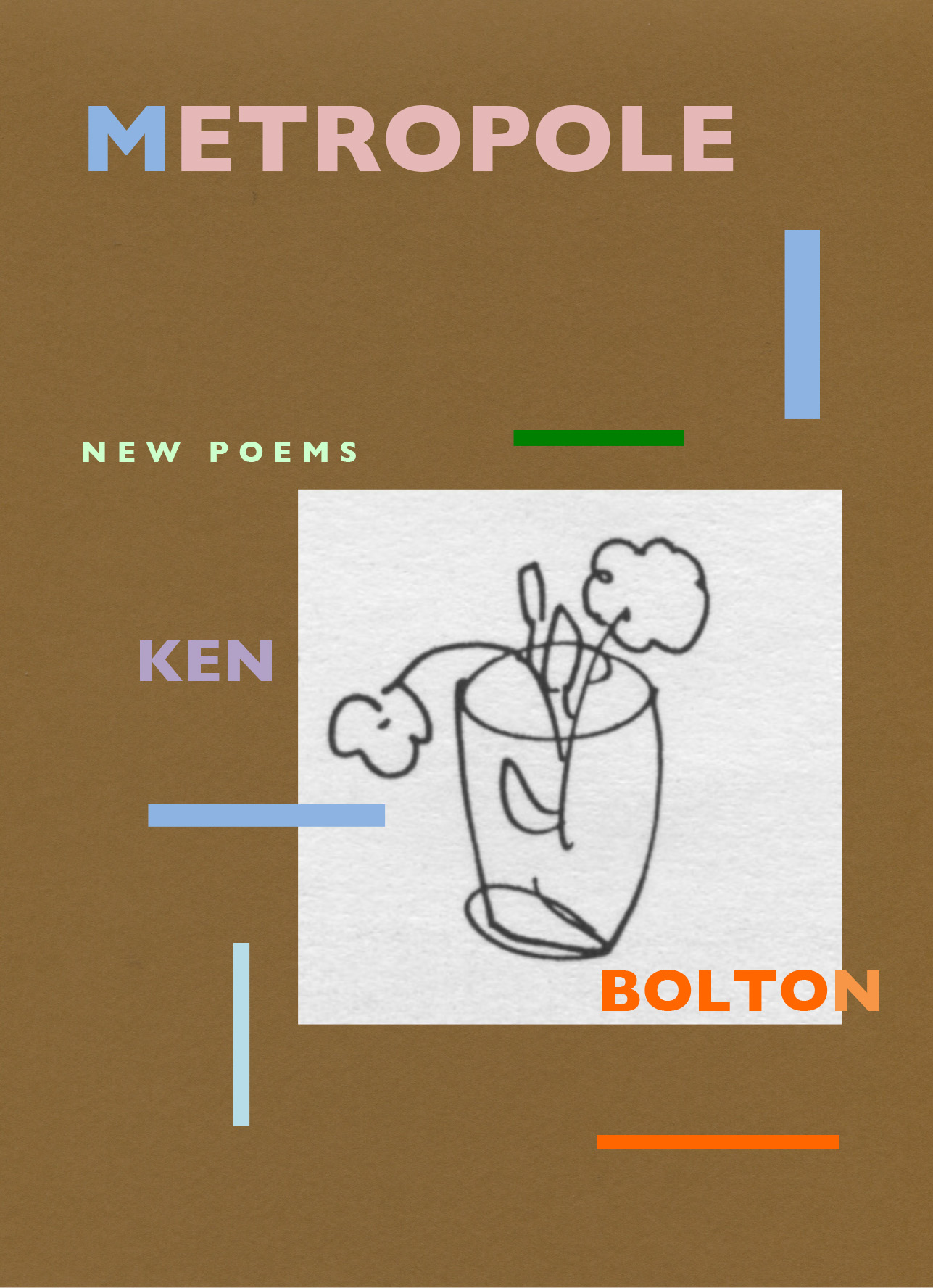





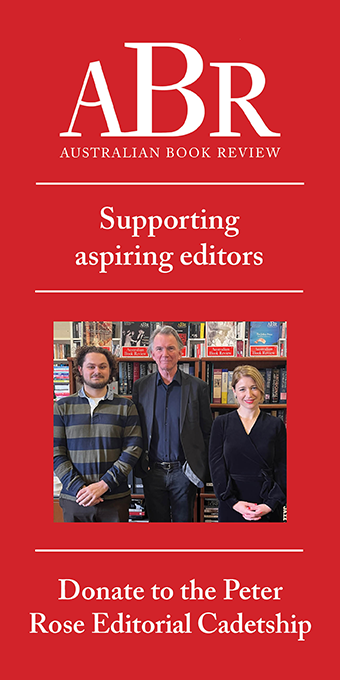
Leave a comment
If you are an ABR subscriber, you will need to sign in to post a comment.
If you have forgotten your sign in details, or if you receive an error message when trying to submit your comment, please email your comment (and the name of the article to which it relates) to ABR Comments. We will review your comment and, subject to approval, we will post it under your name.
Please note that all comments must be approved by ABR and comply with our Terms & Conditions.